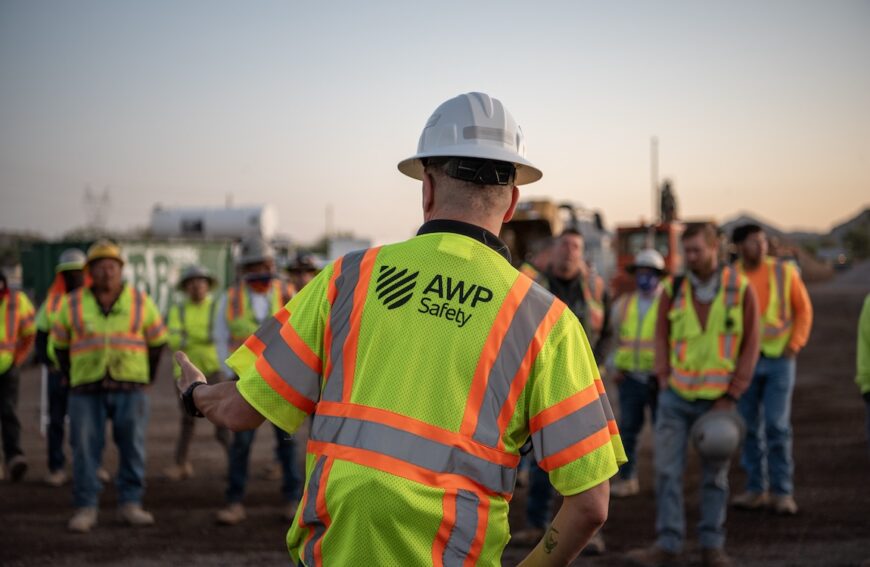
Safety and the Bottom Line:
Is Self-Performing Traffic Management Right for Your Company?
At AWP, we pride ourselves on protecting our customers’ people, as well as their time and business. With every project, we recognize that our customers are under pressure to balance safety and protection with costs and efficiency.
With more than 25 years of experience in traffic safety and temporary traffic management, AWP has a wealth of data to draw on. We’ve done the math, and the good news is that you don’t have to sacrifice safety to improve your bottom line.
In almost every situation, full-service, professional traffic control is more cost-effective than using self-performing crews. Check out this infographic to learn how an AWP partnership can help you get in the cost savings fast lane.
Actual hourly costs for the average self-performing crew are nearly twice as high as costs for an AWP crew. That’s the easy part of the equation. Calculating costs associated with self-performing traffic control crews is more difficult, and more concerning. Those costs include insurance premiums, lost employee time, and reduced productivity, and the unfortunate added costs of accidents and potential legal fees and claims.
Protecting Companies, Large and Small
For large companies, it can be difficult to determine the many costs associated with managing work zone traffic control with in-house staff. It is very difficult to factor in costs related to hiring, training, and management for individual projects or clients.
However, almost every project manager can quickly explain the costs related to delays due to poor traffic management – whether for a planned highway construction project or an event that requires a single day of re-routing. Based on our review of the data, professional crews are 11-14% more efficient – and that translates to fewer delays, more on-time projects, and happier customers.
Indirect Costs of Offering In-house Traffic Control
In many companies, equipment expenses may not be directly attributed to self-performing traffic management. Again, training and maintenance costs – and the potential risks associated with equipment operation – typically are considered overhead, rather than being factored into the costs of a project.
When an accident occurs, then, and prices go up to cover higher insurance rates, it may not be noticed right away in accounting reports.
In a small company, however, it doesn’t take long to see the impact. One unfortunate incident – even if it’s “just” a hefty fine – can result in layoffs or other serious financial problems.
Managing Risk and Reducing Costs
AWP provides the most highly trained flagging crews and Protectors in the industry to clients throughout the U.S. and Canada. Thanks to our years of experience and site-specific temporary traffic control plan designers on staff, our customers can count on us to provide the professional safety services they need. At the same time, we work with many customers who have well-staffed self-performing crews but still find that renting equipment from AWP is a smarter, safer, and more cost-effective option than purchasing and maintaining their own equipment.
While our experience supports using professional, highly trained safety crews for every traffic management situation, we also recognize that every customer and every work zone is unique. If you would like to discuss your current staffing and traffic control plans, get in touch with us to review your options.
A combination of self-performing crews, traffic safety equipment rentals, and working with AWP’s professional traffic management crews and TTCP designers may be the right solution for you.



